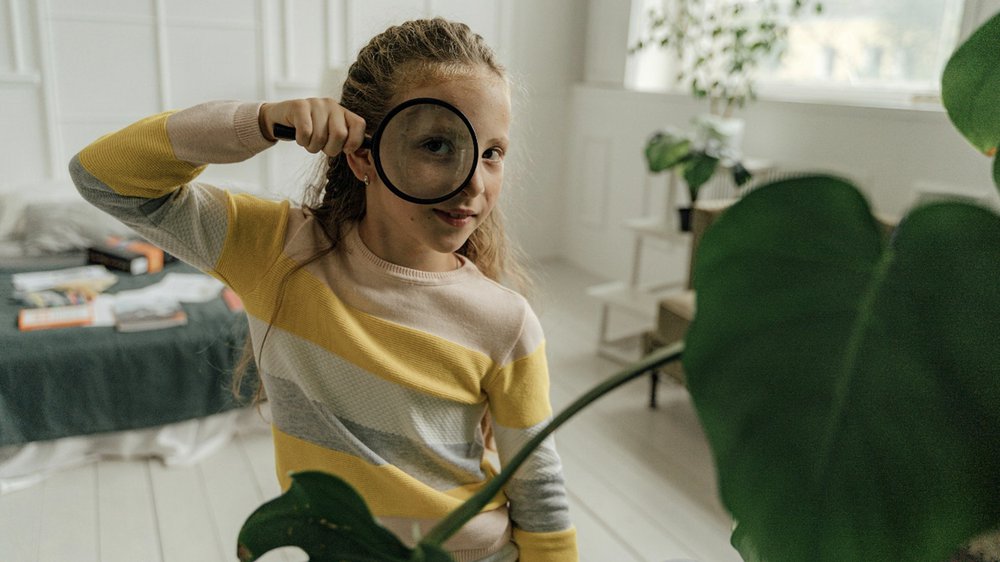For all of EdTech’s amazing benefits, it does have the downside of increased screen time. This has been largely linked with numerous health concerns, especially regarding ocular wellness. While children’s health largely rests on their guardians because they spend up to 20 percent of their waking hours every year at school, educators also have a responsibility to promote better eye well-being and awareness.
Student eyesight in the digital age
Among school-age children, the increased use of EdTech has manifested in rising incidences of myopia. Specifically, prolonged screen use has been found to affect children’s growing eyes by making them elongate due to the strain and near-distance. Over time, this causes nearsightedness that can progress to discomfort, blurred vision, and a higher risk of more serious conditions in adulthood. Studies reveal that early onset myopia increases a person’s chances of developing cataracts and glaucoma, to name a few examples.
Aside from these physical concerns, lackluster vision can also impact a child’s cognitive and social development. On average, up to 80 percent of classroom learning is visual. Through their eyes, kids not only take in formal lessons but also absorb and digest key non-verbal cues.
Furthermore, proper eye contact between teachers and students can retain the essential human element in digital and remote learning setups. Eye contact creates a feedback loop between the two parties, which can dramatically influence how knowledge is shared and instilled. Unfortunately, poor vision makes eye contact difficult, as kids with refractive errors are known to struggle with concentration and moods.
Teachers can encourage better eye health
Educators, while not a child’s primary caretaker, do spend a considerable amount of time with a child in situations where their eyesight can be appropriately assessed. For instance, they’re more likely to catch a child struggling to read fine print or focus on important tasks. This attention is important in monitoring and managing a child’s eye health since many may not know anything is wrong with their eyes, or they might not have the language to verbalize their feelings. Without it, a child’s vision may deteriorate and go unaddressed until serious damage has set in. Currently, up to 1 in 4 children are living with undiagnosed eye conditions.
Of course, aside from noting any concerns and sharing them with parents, educators can go the extra mile by providing timely suggestions and interventions. These can be particularly helpful for busy parents or those with limited resources who may be unsure what to do next. One such effective and accessible solution that’s worth introducing in the EdTech age is blue light glasses. Available from retailers like Eyebuydirect and others, these specs can be worn with and without a prescription, so even young children may use them. The way they help is via their special lens coatings that block out the potentially harmful blue light between 400-455nm. This light comes from natural and artificial sources, including gadgets. When overexposed to this, it can cause eye strain that can easily snowball into bigger problems like blurred vision, dry eyes, and more. Consequently, it can help serve as an added ocular shield for students.
In addition to introducing protective measures like the glasses above, educators can also champion more diagnostic programs. Chief among these are regular vision screenings at school. As it is, vision screenings vary greatly among states. For example, as of 2021, only six states require that these screenings occur every one to two years. Meanwhile, five have no vision screening requirements at all. Research reveals that a more regular and universal vision screening strategy is integral since kids’ eyes are prone to drastic changes, and almost 30 percent of all school children already have refractive errors anyway. As an educator, pushing for these screenings can also help take the load off of parents who may not have the ability to take kids to private optometric practices. Although places like Target and Walmart offer affordable eye tests, school vision screenings are free and done in-school, so it’s easier for parents and kids to participate.
About the author
Lena Bench is a full-time writer passionate about education, technology, and public health. Over the past 15 years, she has been published on several international platforms. In the near future, Lena hopes to start her own blog and publish her first book.











